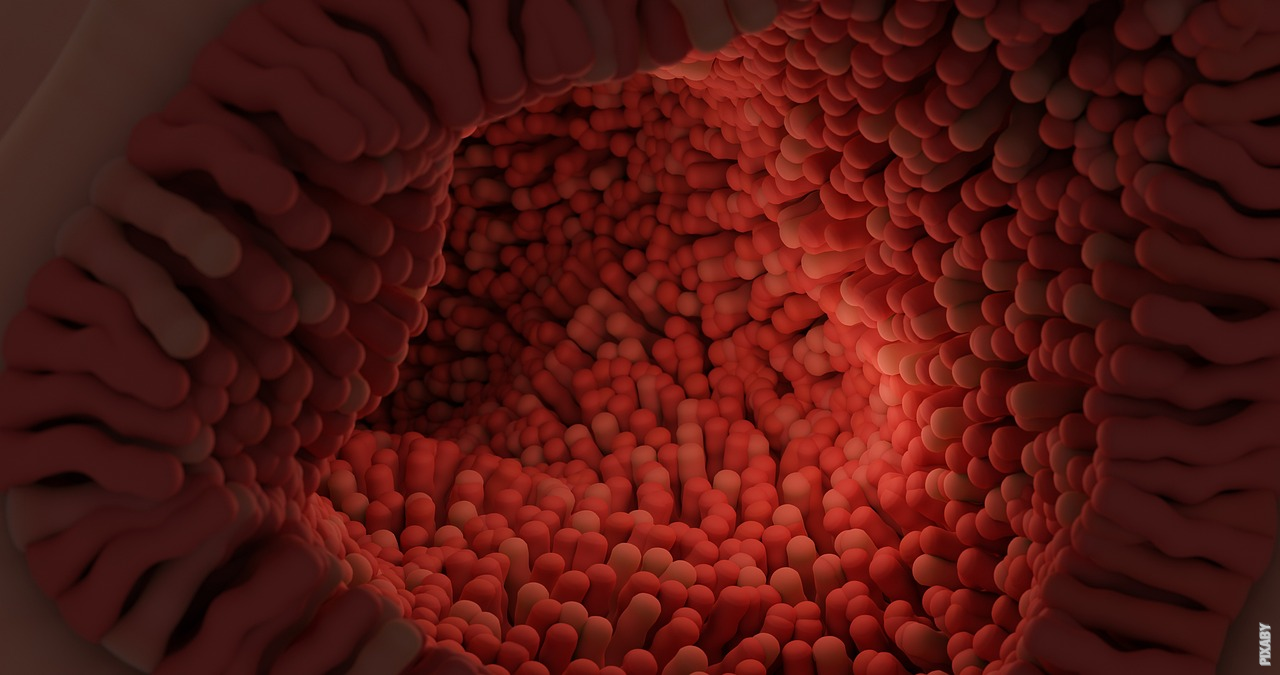The Marvelous World of Intestines
Have you ever wondered about the intricate workings of your digestive system? The intestines, which are a vital part of this system, play a remarkable role in the absorption of nutrients and the elimination of waste. Let’s dive into the fascinating world of intestines and uncover the mysteries of how they work.
The Digestive Journey Begins
Our journey through the intestines starts with the food we consume. As we chew and swallow, the food travels down the esophagus and reaches the stomach. Here, it gets churned and mixed with digestive juices, eventually forming a thick liquid called chyme.
The Small Intestine: Absorption Central
Once the chyme leaves the stomach, it enters the small intestine – a long, tube-like organ that measures up to 20 feet in length. This crucial part of the digestive system is where most of the nutrient absorption takes place. The inner lining of the small intestine is covered in millions of tiny finger-like projections called villi, which dramatically increase its surface area.
The Dance of Digestive Enzymes
Within the small intestine, digestive enzymes break down complex molecules into simpler forms that can be easily absorbed. For example, carbohydrates are broken down into sugars, proteins into amino acids, and fats into fatty acids and glycerol. These smaller molecules can then pass through the intestinal lining and enter the bloodstream for distribution throughout the body.
The Large Intestine: Home to Trillions of Bacteria
As the chyme continues its journey, it enters the large intestine. Although shorter than the small intestine, the large intestine is wider in diameter. It primarily serves to absorb water and electrolytes from the remaining undigested food, forming solid waste called feces. Additionally, the large intestine houses trillions of beneficial bacteria that aid in digestion and produce certain vitamins.
Post
Post
A Harmonious Collaboration
The intestines, both small and large, work harmoniously to ensure efficient digestion and absorption. The small intestine takes the lead in extracting nutrients from the chyme, while the large intestine focuses on water absorption and the formation of feces. Together, they form an intricate dance that enables our bodies to extract essential nutrients and eliminate waste.
The Wonders of Peristalsis
Throughout the digestive process, the intestines rely on a phenomenon called peristalsis – rhythmic contractions that propel the food forward. This muscular movement ensures that the chyme flows smoothly through the digestive tract. Without peristalsis, the journey of food would come to a grinding halt.
Keeping the Intestines Healthy
Just like any other part of our body, the intestines require proper care to stay healthy. A balanced diet rich in fiber, regular exercise, and adequate hydration are key factors in maintaining optimal intestinal function. Furthermore, avoiding excessive consumption of processed foods and minimizing stress levels can contribute to a healthy gut.
The Intricacies Unveiled
Now that we’ve unraveled the mysteries of how intestines work, we can appreciate the remarkable complexity of our digestive system. From the small intestine’s nutrient absorption to the large intestine’s water absorption and bacterial collaboration, these organs play an indispensable role in keeping our bodies nourished and functioning smoothly. So, the next time you enjoy a meal, remember the incredible journey it takes through your intestines!



